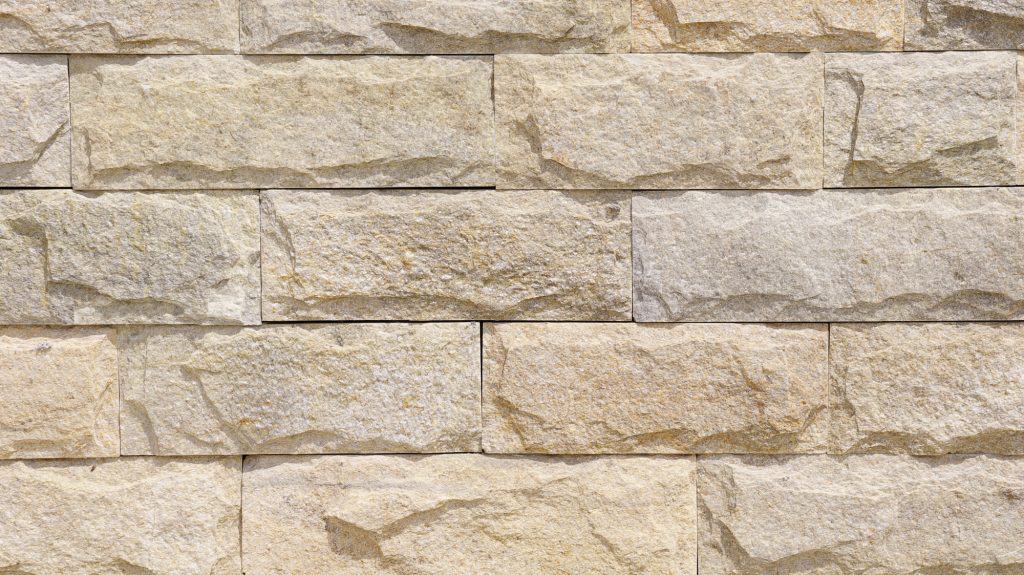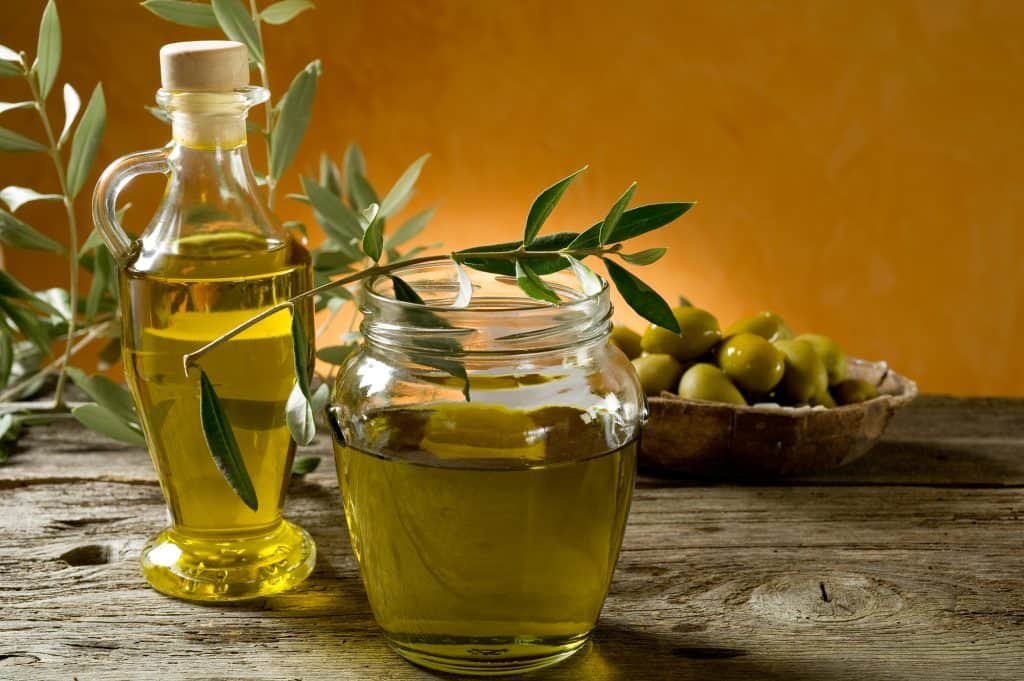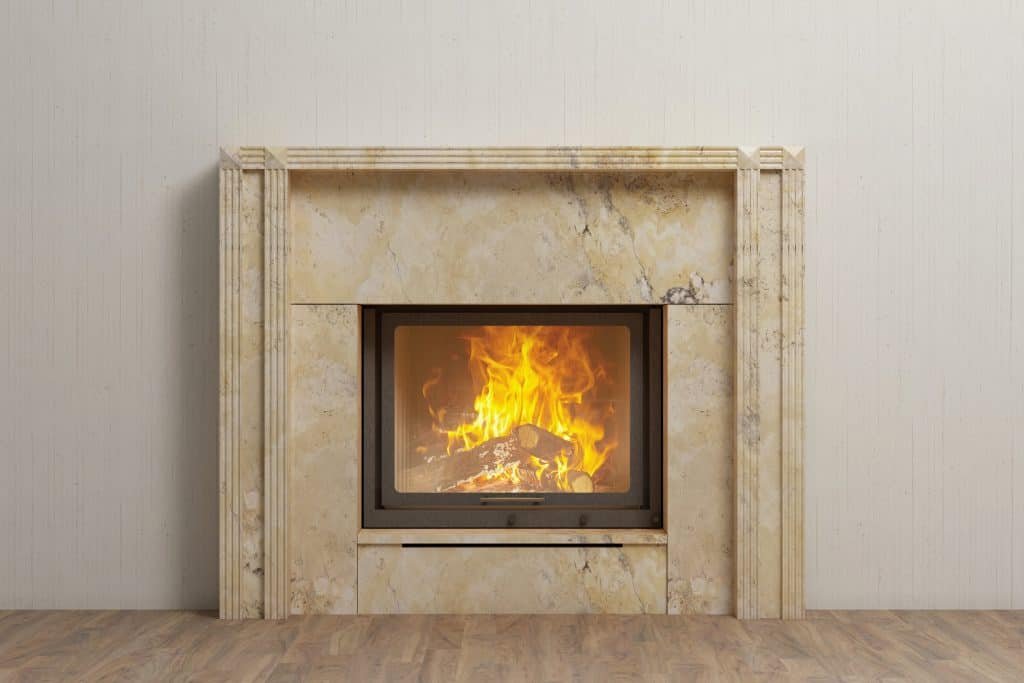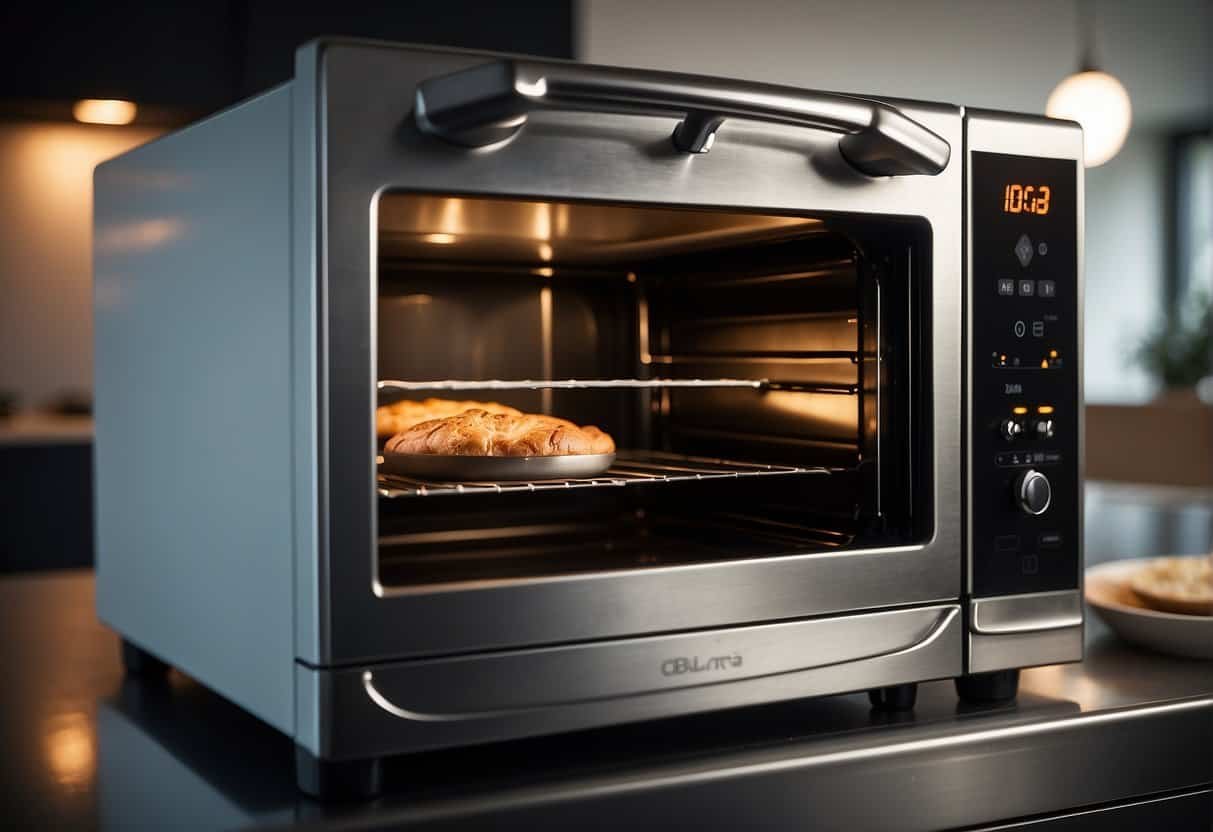Table of Contents
If you clicked on this title, you probably have some project where you want to sand down some limestone. Whether you have a fireplace or tile floors made of limestone, or if you are looking to build a new project with the material, here’s what you need to know.
You can sand limestone with diamond scouring pads, but it is a delicate process because limestone is a fragile type of sedimentary rock. You can use mineral oil to repair cracks or polish limestone for a shiny finish.
While the process is complicated, DIYers like me love to take on the challenge of creating their designs and projects. Read on to learn more about how you can sand limestone.
How to Sand Limestone (e.g. Fireplaces or Tiles)
Limestone can be challenging to sand for someone inexperienced, but if you are not planning to hire a professional, you can sand it yourself. Whether you mold a limestone fireplace, sand an outdoor patio, or create limestone fixtures, the process is pretty simple.
Tools you need to sand limestone:
- Diamond scouring pads (like these Keeywolt Diamond Polishing Pads from Amazon.com)
- An orbital sander
- Cool water
Follow the directions below to sand down a limestone surface:
- Spray the limestone with cool water before you begin to ensure the limestone is not too hot to be sanded (source: Sciencing).
- Use the diamond scouring pads and the orbital sander to remove the top layer of limestone gently. You will notice that the area you sanded is now a lighter color than the rest of the limestone, which is a natural reaction.
- Brush away all the limestone dust before applying a polish or sealer. The dust is easily trapped in the liquid, causing a streaky, distorted, dusty color.

Can Limestone Be Sanded or Refinished?
Limestone can be sanded or refinished, but it is fragile even in its natural state, making it challenging to preserve. The rock is sensitive to weather, erosion, contact with acids, and natural cracking or crumbling (source: US General Services of America).
The sedimentary rock forms over hundreds of years of compressed minerals, and many people find limestone appealing as a base material for:
- Homes
- Patios
- Art pieces
Limestone fixtures exposed to weather become weakened by natural acids in the air and rain. Additionally, natural inconsistencies in the rock can weaken the structure, meaning alterations or adjustments could lead to cracking and crumbling.
Due to its fragility, you do not want to apply too much pressure while polishing or wet sanding. You can find many limestone fountains, statues, and fixtures in areas where weather and moisture weaken the structure. Grinding these areas can lead to further crumbling or further stress on the entire piece.
Repairing Small Imperfections in Limestone
Other ways to repair limestone have shown to be less damaging than sanding or grinding. Proper cleaning and maintenance will preserve your limestone for longer, even through natural wear and tear.
For cracks and scratches: Linseed, sunflower, and olive oil are excellent oils that bring out the sandstone’s darker colors while polishing it simultaneously (source: Hunker).

Follow the directions below to repair small imperfections in limestone:
- Soak a soft, clean cloth in mineral oil.
- Clean the area thoroughly. You do not want dust or dirt trapped in the crack, blocking or creating weakness in the limestone.
- Gently massage the oil into the stone in a circular motion. The oil will penetrate the porous stone filling the cracks and scratches.
- Allow time for drying.
Additionally, you can use commercial limestone polishers like Stone Care Clean and Polish from Amazon to help preserve your limestone and bring it back to life.
Mild commercial polishers can help eliminate the appearance of minor scratches. Once the scratch is gone, remove the polish residue to reveal a newly sealed surface of limestone (source: Sefa Stone).
Professionals can repair crumbling or unstable limestone with their expertise and special tools. They start by removing the loose or crumbling areas and replacing them with limestone made into a paste or mortar to seal the open spaces.
The new limestone will also be prone to deterioration, but professionals will expertly seal the fixture to help preserve its integrity.

Special Considerations for Limestone
You must clean your limestone regularly, avoid cleaners with harsh chemicals, and keep your limestone in a weather-safe area if possible.
Regular cleaning on limestone surfaces will help you recognize deterioration areas and act quickly before further damage occurs. You can minimize damage to your limestone from water. The porous stone will absorb water, but a strong sealant will create a barrier to prevent this occurrence.
Whatever you have planned for your limestone (flooring, fireplace, decorative statutes), you can sand it down to refinish or repair the fixture. You can add mineral oil to the stone to repair minor scratches and cracks instead of sanding the area, which may cause discoloration.
Follow these guidelines to avoid further damage to your limestone and keep it looking great for years to come.










